This open version of the Guide Wiki Page displays the i* construct as per the i* Style of the University of Toronto. Use Comment tab above to read or write comments about this i* construct. Scroll down to see variations of this construct for other i* modeling styles.
9.2.4.2 Step By Step Label Propagation Example
Continuing with our running example in Figure 3, we will demonstrate how these propagation rules are applied via a series of models that are depicted in Figures 4 to 10 below. The initial labels for this propagation were given in Figure 3. Normally, there would not be a separate image for each stage of the propagation, only the final propagation results are shown and discussed, but the for purpose of illustration we have broken the propagation process into snapshots shown in the various figures. The description associated with this example explains which of the rules from the above section were used to produce the evaluation results in each figure.
Figure 4 depicts the elements that are receiving new evaluation labels (circled in red) in this stage of the propagation process. The explanation for each circle is as follows:
- Following Rule# 1, the Resource Dependum, PC Products, acquires the value of the Task Dependee, Produce PC Products.
- Following Rule# 1, the Softgoal Dependum, Allow Peer-to-Peer Technology, acquires the value of the Softgoal element, Allow-Peer-to-Peer Technology.
- Following Rule# 2, the Task element, Make Content Available Peer-to-Peer, in the Depender takes on the value of the Softgoal Dependum, Allow-Peer-to-Peer technology.
- Applying Rule# 8, the 6th line in the table, the Softgoal element, Desirable PC Product, receives a Partially Denied label from the Help Contribution Link.
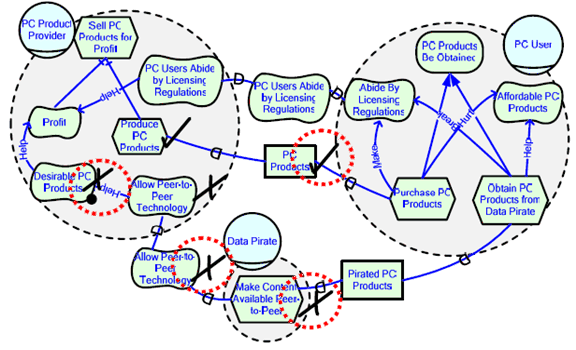
Figure 4 Propagate labels. Source: Horkoff (2006)
Figure 5 depicts the next illustration of the propagation. The explanation for the evaluation values of each element circled in red is as follows:
- Applying Rule# 8, the 5th line in the table, the Softgoal element, Profit, receives a Partially Denied label from the Help Contribution Link. Notice that this Softgoal is involved in another Contribution Link which does not have a label yet.
- Following Rule# 1, the Resource Dependum, Pirated PC Products, acquires the value of the Dependee Task, Make Content Available Peer-to-Peer.
- Following Rule# 2, the Task element, Obtain PC Products from Data Pirate, in the Depender takes on the value of the Task Dependum, Pirated PC Products.
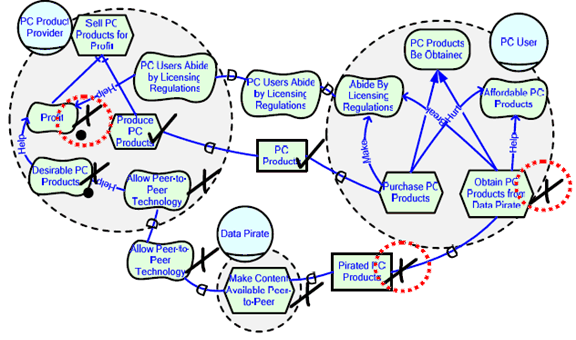
Figure 5 Propagate labels. Source: Horkoff (2004)
Figure 6 depicts the next illustration of the propagation. The explanation for the evaluation values of each element circled in red is as follows:
- Following Rule# 2, the Task element, Purchase PC Products, in the Depender takes on the value of the Task Dependum, PC Products.
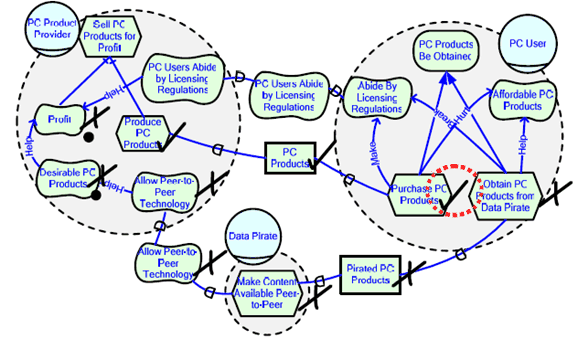
Figure 6 Propagate labels. Source: Horkoff (2004)
Figure 7 depicts the next illustration of the propagation. The explanation for the evaluation values of each element circled in red is as follows:
- Following Rule# 5, the Goal element, PC Products Be Obtained, in the Depender takes on the maximum value of the two contributing tasks using the “or” logic.
- Following Rule# 3, the Task element, Sell PC Products for Profit, in PC Products Provider, takes on the minimum value of the decomposed elements using the “and” logic.
- Notice that the Softgoal element, Abide by Licensing Regulations, in PC User receives multiple Contribution Links from the two Tasks. Applying the first and sixth lines in the table of Rule# 8, we get a bag of multiple values: Satisficed and Partially Satisficed values. This bag is then resolved using Rule# 9 by giving the Softgoal the value or label of Satisficed.
- Notice also that the Softgoal element, Affordable PC Products, in PC User receives multiple Contribution Links from the two Tasks. Applying the first and sixth lines in the table of Rule# 8, we get a bag of multiple values: Partially Denied and another Partially Denied. This is an example of a situation where human judgment is needed. Following Rule# 10, this bag is resolved into a Denied label because the evaluator judges and decides here that there is strong enough evidence to deny the Softgoal.
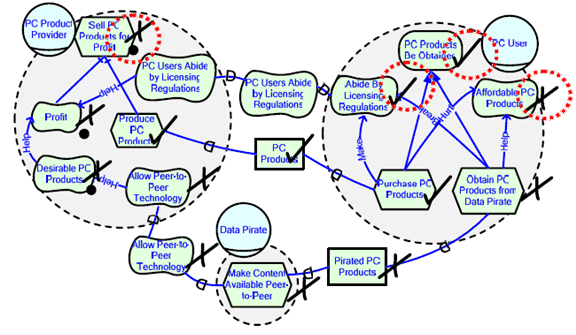
Figure 7 Propagate labels. Source: Horkoff (2004)
Figure 8 depicts the next illustration of the propagation. The explanation for the evaluation values of each element circled in red is as follows:
- Following Rule#1, the Softgoal Dependum, PC Users Abide By Licensing Regulations, acquires the value of the Softgoal Dependee of the same thing.
- Following Rule#2, The Softgoal element, PC Users Abide By Licensing Regulations, in the Depender, takes on the value of the Softgoal Dependum.
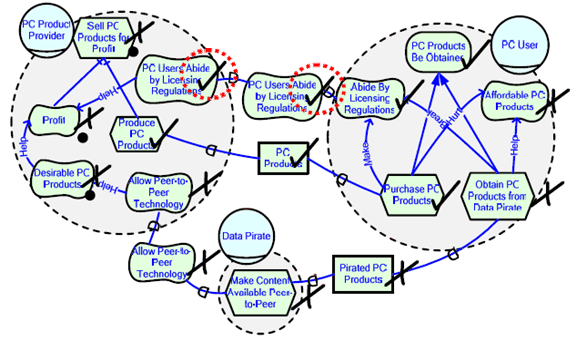
Figure 8 Propagate labels. Source: Horkoff (2004)
Figure 9 depicts the next illustration of the propagation. The explanation for the evaluation values of each element circled in red is as follows:
- Notice that the Softgoal, Profit, is given the Conflict label. In Figure 5 this label was Partially Denied. Why does this happen? In the previous figure, only one label had arrived at this softgoal. Now, the other label has also arrived and the Profit Softgoal has a bag of two labels from two Contribution links. Applying the first and fifth lines of the table in Rule# 8, we get a bag of Partially Denied and Partially Satisficed. This situation requires human judgment. The evaluator can decide that the overall evidence of the element is either positive or negative, or can decide that the evidence is of comparable strength, and give the Softgoal a Conflict evaluation label. In this example, the evaluator judged the situation and decided to give a Conflict label.
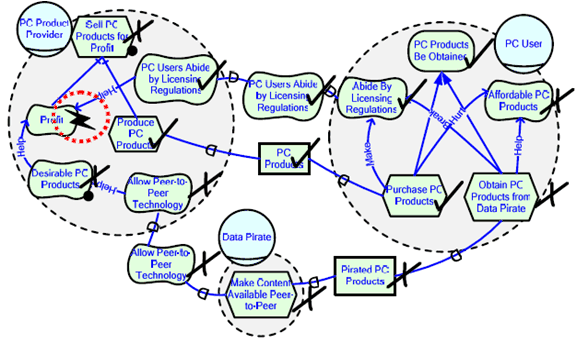
Figure 9 Propagate labels. Source: Horkoff (2004)
Figure 10 depicts the next illustration of the propagation. The explanation for the evaluation values of each element circled in red is as follows:
- In this last illustration, following Rule# 3, the “or” logic used to resolve the labels of the Decomposition Links by acquiring the minimum value. The Task element, Sell PC Products for Profit receives a Conflict label.
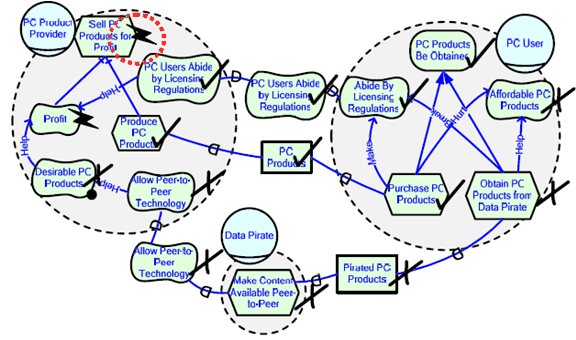
Figure 10 Propagate labels. Source: Horkoff (2004)
Return to the stable version of this page
Instructions for Guideline authors/contributors
Below is the space designated to post possible variations. Please do not edit or alter the original guideline above.
Please provide the following information for each variation:
1. Name of Modeling Framework/School/Location/Research Group
2. Variation and explanation
3. Example(s)
Learn how to upload and use an image in the wiki page
You can use the Comment tab to post additional comments about this guideline or its variations outside this space. The Comment tab displays your comments at the bottom of this page. (Do not use the Discuss tab).
Add variations here.
Return to the stable version of this page
